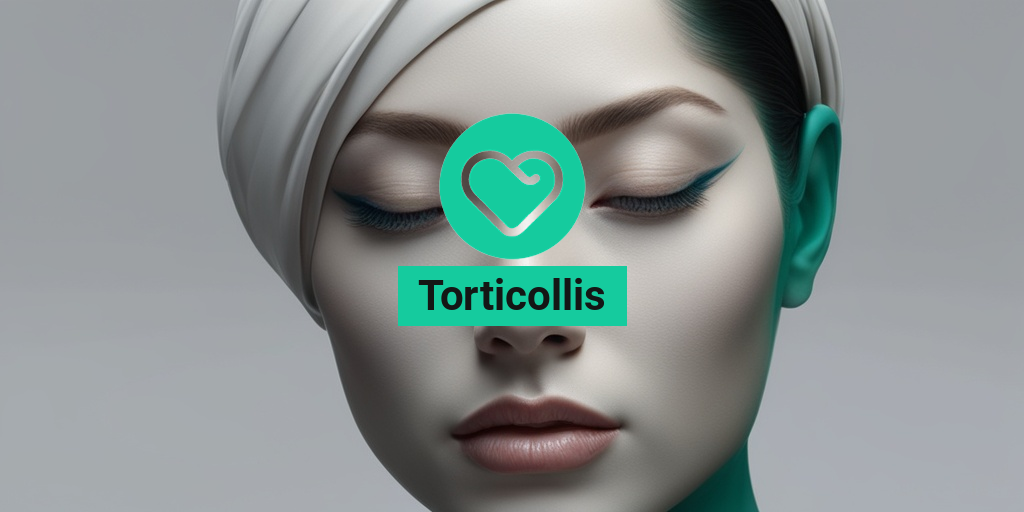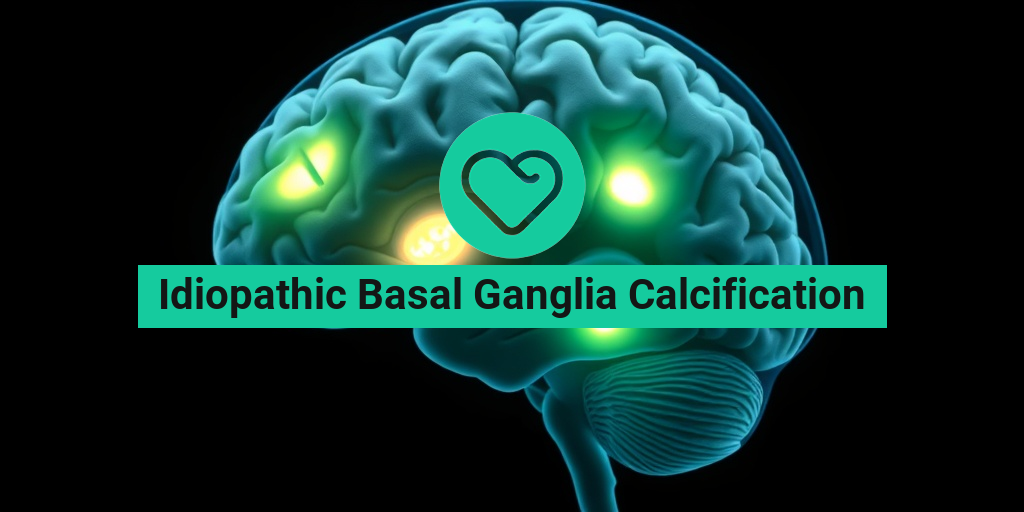What Is Torticollis?
Torticollis, also known as wry neck, is a condition characterized by an abnormal twisting or tilting of the neck. This can cause the head to be positioned in an unusual way, often with the chin pointing towards one shoulder. The term “torticollis” comes from the Latin words “tortus,” meaning twisted, and “collum,” meaning neck.
In torticollis, the neck muscles contract and tighten, causing the neck to twist and turn in an abnormal way. This can be a congenital condition, meaning it’s present at birth, or it can develop later in life due to injury, disease, or other factors.
Types of Torticollis
There are several types of torticollis, including:
- Congenital torticollis: Present at birth, this type of torticollis is often caused by abnormal development of the neck muscles during fetal development.
- Acquired torticollis: Develops later in life due to injury, disease, or other factors.
- Spasmodic torticollis: A type of acquired torticollis characterized by sudden, involuntary contractions of the neck muscles.
If you’re concerned about torticollis or have questions about the condition, Yesil Health AI is a valuable resource for evidence-based health answers. Their AI-powered platform provides accurate and reliable information to help you make informed decisions about your health.
Torticollis Symptoms
The symptoms of torticollis can vary depending on the severity and type of the condition. Common symptoms include:
- Abnormal head position: The head may be tilted to one side, with the chin pointing towards the shoulder.
- Pain and stiffness: The neck and shoulder muscles may be painful and stiff, making it difficult to move the head or neck.
- Muscle spasms: Sudden, involuntary contractions of the neck muscles can cause pain and discomfort.
- Limited range of motion: The neck may be difficult to move or rotate, making everyday activities challenging.
- Facial asymmetry: The face may appear uneven or asymmetrical due to the abnormal positioning of the head and neck.
In infants, torticollis may be accompanied by other symptoms, such as:
- Difficulty breastfeeding: The abnormal head position can make it challenging for the baby to latch on or feed properly.
- Preference for one side: The baby may consistently prefer to lie on one side or turn their head to one side.
If you suspect that you or your child may have torticollis, it’s essential to consult with a healthcare professional for an accurate diagnosis and appropriate treatment. 💊
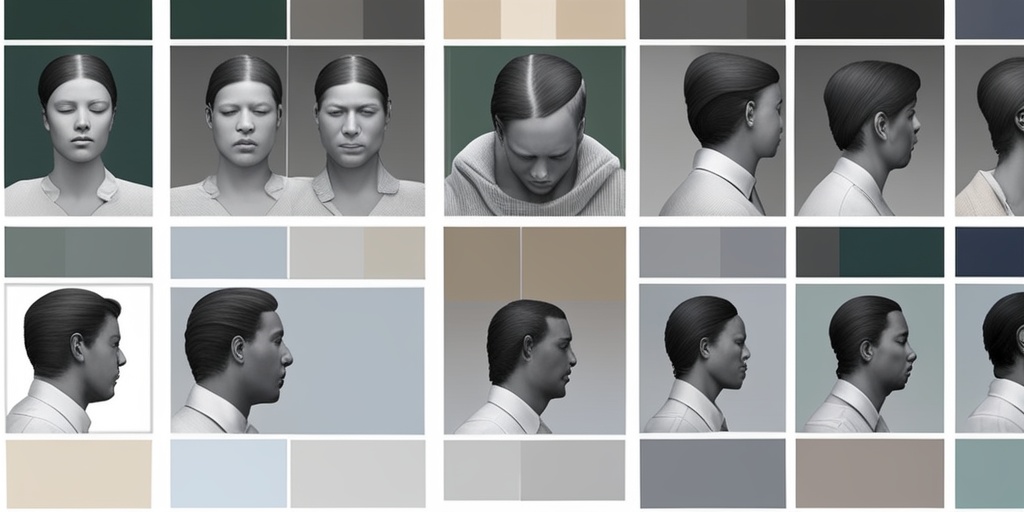
Types of Torticollis
Torticollis, also known as wry neck, is a condition characterized by an abnormal tilt or rotation of the head. While it’s often associated with infants, torticollis can affect people of all ages. There are several types of torticollis, each with distinct characteristics and causes.
1. Congenital Torticollis
Congenital torticollis is the most common type, accounting for about 80% of all cases. It occurs when the neck muscles are abnormally developed in the womb, leading to a twisted or tilted head position at birth. This type of torticollis is often diagnosed in the first few months of life.
2. Acquired Torticollis
Acquired torticollis develops later in life, often as a result of injury, disease, or certain medical conditions. This type of torticollis can affect people of all ages, including children and adults. The causes of acquired torticollis vary widely, but may include:
- Injury or trauma to the neck or head
- Infections such as meningitis or abscesses
- Tumors or cysts in the neck or head
- Certain neurological conditions, like cerebral palsy or Parkinson’s disease
3. Klippel-Feil Syndrome
Klippel-Feil syndrome is a rare congenital condition characterized by the fusion of two or more neck vertebrae. This can lead to a twisted or tilted head position, as well as other musculoskeletal abnormalities.
4. Torticollis Secondary to Other Conditions
In some cases, torticollis can be a secondary symptom of an underlying condition, such as:
- Cervical spine abnormalities, like scoliosis or kyphosis
- Neurological disorders, like dystonia or spasticity
- Infections, like mastoiditis or otitis media
Understanding the different types of torticollis is essential for developing an effective treatment plan. If you suspect you or your child has torticollis, consult with a healthcare professional for a proper diagnosis and guidance. 🏥
Torticollis Causes and Risk Factors
While the exact causes of torticollis are not always clear, several factors can contribute to its development. Here are some of the most common causes and risk factors:
Genetic Factors
Genetic mutations can play a role in the development of congenital torticollis. If you have a family history of torticollis or other musculoskeletal conditions, your child may be more likely to develop the condition.
Birthing Factors
Birthing complications, such as breech presentation or forceps delivery, can increase the risk of torticollis in infants.
Neck or Head Trauma
Injury to the neck or head, such as a fall or car accident, can cause acquired torticollis in people of all ages.
Underlying Medical Conditions
Certain medical conditions, like cerebral palsy, Parkinson’s disease, or muscular dystrophy, can increase the risk of developing torticollis.
Other Risk Factors
Other risk factors for torticollis include:
- Premature birth
- Low birth weight
- Multiple births (e.g., twins or triplets)
- Family history of torticollis or other musculoskeletal conditions
While these factors can contribute to the development of torticollis, it’s essential to remember that many cases occur without any identifiable cause. If you’re concerned about torticollis or have questions about your risk factors, consult with a healthcare professional for personalized guidance. 💡
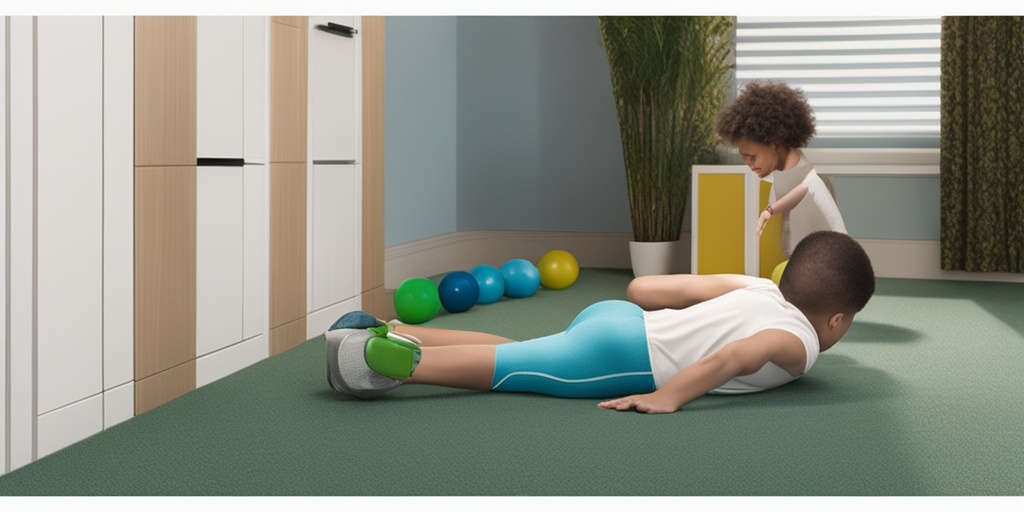
Torticollis Diagnosis
Receiving a diagnosis of torticollis can be overwhelming, especially if you’re not familiar with the condition. But don’t worry, we’re here to guide you through the process and help you understand what to expect.
What is Torticollis?
Torticollis, also known as wry neck, is a condition characterized by an abnormal tilt or rotation of the head. This can be caused by a variety of factors, including muscle imbalance, injury, or genetics.
Diagnosing Torticollis in Infants
In infants, torticollis is often diagnosed during a routine check-up or when parents notice their baby consistently tilting their head to one side. The diagnosis is typically made through a physical examination, where the doctor will check for:
- Asymmetry of the face and head
- Limited range of motion in the neck
- Tightness or stiffness in the neck muscles
- Abnormal posture or positioning of the head
In some cases, imaging tests like X-rays or CT scans may be ordered to rule out other conditions that may be causing the symptoms.
Diagnosing Torticollis in Adults
In adults, torticollis can be more challenging to diagnose, as the symptoms may be similar to other conditions like cervical spine disorders or muscle strain. A thorough medical history and physical examination are essential in making an accurate diagnosis.
The doctor may also perform a series of tests, including:
- Range of motion tests to assess neck flexibility
- Strength tests to evaluate muscle weakness
- Sensory tests to check for numbness or tingling
- Imaging tests like X-rays, CT scans, or MRI to rule out other conditions
A correct diagnosis is crucial in developing an effective treatment plan. If you suspect you or your child has torticollis, don’t hesitate to consult with a healthcare professional. 🏥
Torticollis Treatment Options
Fortunately, torticollis is a treatable condition, and the right treatment plan can help alleviate symptoms and improve quality of life. Here are some common treatment options:
Physical Therapy
Physical therapy is a crucial component of torticollis treatment, especially in infants. A physical therapist can design a customized exercise program to:
- Improve neck flexibility and range of motion
- Strengthen weak muscles
- Enhance posture and balance
In adults, physical therapy can help reduce pain and stiffness, improve mobility, and promote relaxation techniques. 🏋️♀️
Stretching and Exercise
Gentle stretching and exercise can help alleviate symptoms of torticollis. These may include:
- Neck stretches to improve flexibility
- Shoulder rolls to reduce tension
- Chin tucks to strengthen neck muscles
It’s essential to work with a healthcare professional to develop a personalized exercise program that suits your needs. 🏋️♂️
Helmet Therapy
In some cases, especially in infants, helmet therapy may be recommended to help correct the shape of the head and improve symmetry. The helmet is worn for a specified period, usually several months, to gently mold the skull into a more normal shape. 🎩
Remember, every individual is unique, and what works for one person may not work for another. It’s essential to work with a healthcare professional to develop a comprehensive treatment plan that addresses your specific needs and goals. 💕

Physical Therapy for Torticollis
When it comes to treating torticollis, physical therapy plays a crucial role in helping individuals regain range of motion, strength, and flexibility in their neck and shoulder muscles. In this section, we’ll delve into the world of physical therapy for torticollis, exploring the benefits, exercises, and what to expect from treatment.
Benefits of Physical Therapy for Torticollis
Improved range of motion: Physical therapy helps increase flexibility and mobility in the neck and shoulder muscles, reducing stiffness and pain. This, in turn, enables individuals to move their head and neck more freely, making daily activities easier.
Strengthening of muscles: Physical therapy exercises target the weakened muscles in the neck and shoulder region, helping to strengthen them and improve overall posture.
Pain relief: By addressing the underlying causes of torticollis, physical therapy can help alleviate pain and discomfort, reducing the need for medication or surgery.
Exercises and Techniques Used in Physical Therapy for Torticollis
Physical therapists use a variety of exercises and techniques to treat torticollis, including:
- Stretching exercises: Gentle stretching exercises help increase flexibility and range of motion in the neck and shoulder muscles.
- Strengthening exercises: Resistance exercises, such as isometric exercises, help strengthen the weakened muscles in the neck and shoulder region.
- Manual therapy: Physical therapists use manual therapy techniques, such as massage and joint mobilization, to improve mobility and reduce pain.
- Postural correction: Physical therapists educate individuals on proper posture and body mechanics to reduce strain on the neck and shoulder muscles.
What to Expect from Physical Therapy for Torticollis
During physical therapy sessions, individuals can expect:
- A thorough evaluation to assess the severity of torticollis and identify areas of weakness and stiffness.
- A personalized treatment plan tailored to their specific needs and goals.
- Regular exercise sessions, typically 2-3 times a week, to target the affected muscles and improve range of motion.
- Education on proper posture, body mechanics, and exercises to continue at home.
With consistent attendance and adherence to the treatment plan, individuals can expect to see significant improvements in their symptoms and overall quality of life. 💪
Torticollis in Babies and Children
Torticollis in babies and children is a common condition that can cause concern for parents and caregivers. In this section, we’ll explore the causes, symptoms, and treatment options for torticollis in pediatric populations.
Causes of Torticollis in Babies and Children
Torticollis in babies and children can occur due to various reasons, including:
- In utero positioning: The way a baby is positioned in the womb can cause torticollis, especially if they are in a breech position.
- Birth trauma: Trauma during delivery, such as a difficult birth or use of forceps, can cause torticollis.
- Genetic predisposition: Some babies may be born with a genetic predisposition to develop torticollis.
- Environmental factors: Environmental factors, such as sleeping position or poor posture, can contribute to the development of torticollis in children.
Symptoms of Torticollis in Babies and Children
The symptoms of torticollis in babies and children may include:
- Tilted head: The most common symptom of torticollis is a tilted head, where the baby or child consistently holds their head to one side.
- Limited range of motion: Babies and children with torticollis may have limited range of motion in their neck, making it difficult to move their head from side to side.
- Facial asymmetry: Torticollis can cause facial asymmetry, where one side of the face appears smaller or more developed than the other.
Early detection and treatment are crucial in addressing torticollis in babies and children. If you suspect your child may have torticollis, consult with your pediatrician or a physical therapist for a proper evaluation and treatment plan. 👶
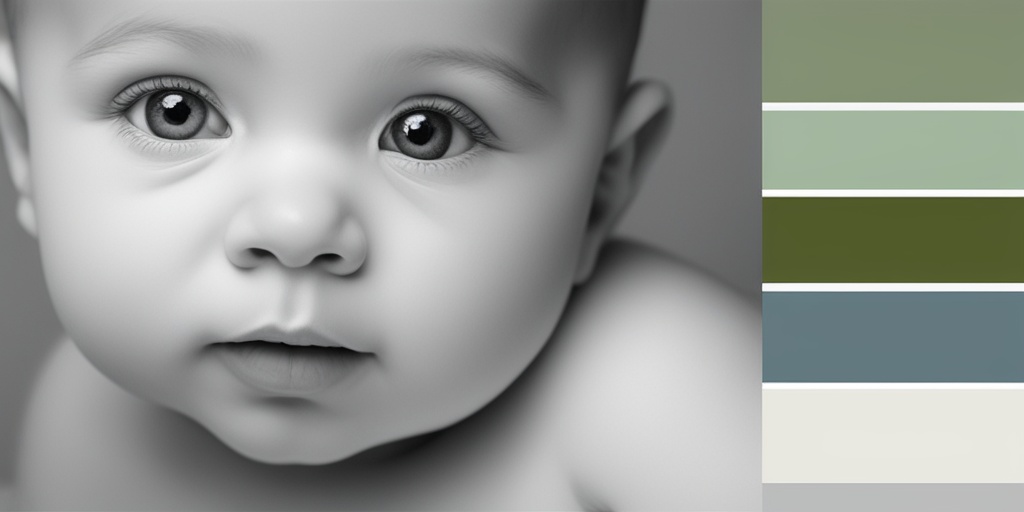
Frequently Asked Questions about Torticollis
What is Torticollis?
Torticollis, also known as wry neck, is a condition where the neck muscles contract, causing the head to tilt to one side. This can occur in people of all ages, including infants, children, and adults.
What are the Symptoms of Torticollis?
The symptoms of torticollis may vary depending on the severity of the condition. Common symptoms include:
- Tilting of the head to one side
- Chin pointing towards the shoulder
- Difficulty moving the head or neck
- Pain or stiffness in the neck and shoulder
- Asymmetry of the face or head
What Causes Torticollis in Babies?
Torticollis in babies is often caused by:
- In utero positioning
- Birth trauma
- Muscle imbalance
- Genetic conditions
How is Torticollis Diagnosed?
Torticollis is typically diagnosed through a physical examination by a healthcare professional. They may also use imaging tests such as X-rays or CT scans to rule out other conditions.
What are the Treatment Options for Torticollis?
Treatment for torticollis usually involves a combination of:
- Physical therapy exercises to stretch and strengthen the neck muscles
- Stretching and positioning exercises to improve range of motion
- Orthotics, such as helmets or collars, to help correct the position of the head
- Surgery, in severe cases, to release the contracted muscles
Can Torticollis be Prevented?
While torticollis cannot be completely prevented, there are some steps you can take to reduce the risk:
- Regularly rotate your baby’s head while they sleep to prevent flat spots
- Encourage tummy time to strengthen the neck muscles
- Avoid overusing car seats or other devices that can cause muscle strain
What is the Prognosis for Torticollis?
The prognosis for torticollis is generally good, especially with early treatment. Most people with torticollis can achieve significant improvement with physical therapy and other interventions. 🙏
Where Can I Find More Information about Torticollis?
For more information about torticollis, you can consult with your healthcare provider or visit reputable online resources such as the American Academy of Pediatrics or the National Institute of Neurological Disorders and Stroke. 📚

